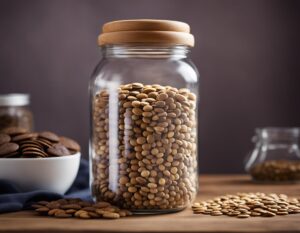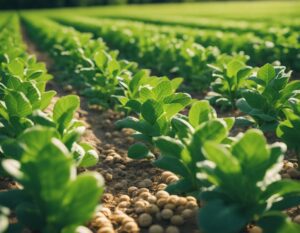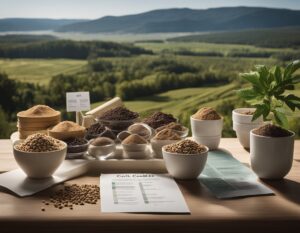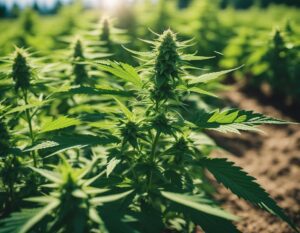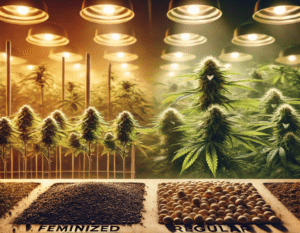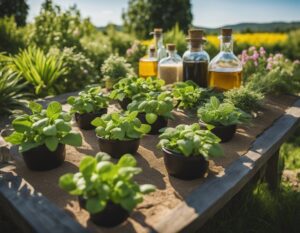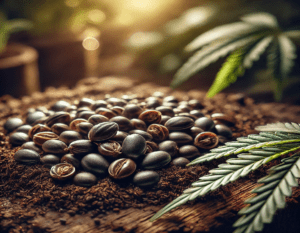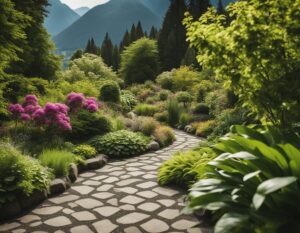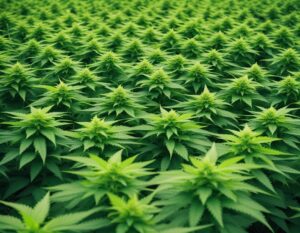
Cannabis Growing Regulations for French Cookies in Canada: Essential Guidelines for Cultivation Compliance
Overview of the Canadian Cannabis Legal Landscape Understanding the legal framework surrounding cannabis in Canada is essential for anyone involved in cultivation, including when growing specific strains like French Cookies. The regulations are structured to ensure safe practices and compliance with national standards. Cannabis Act and Federal Regulation The Cannabis

